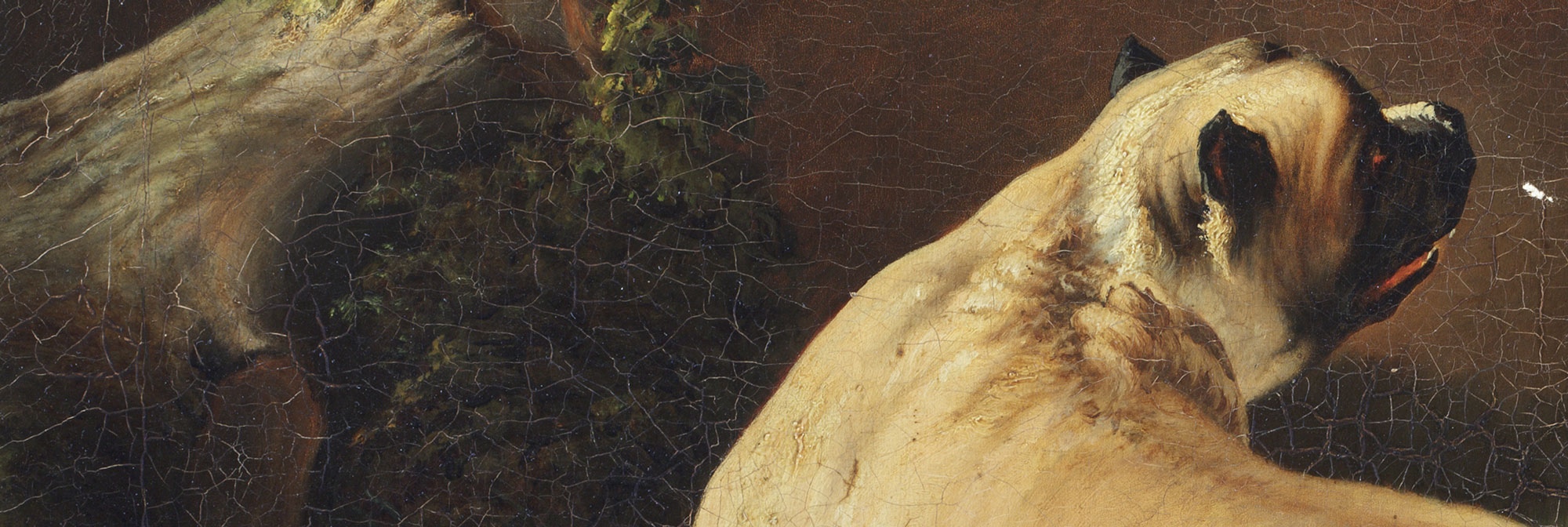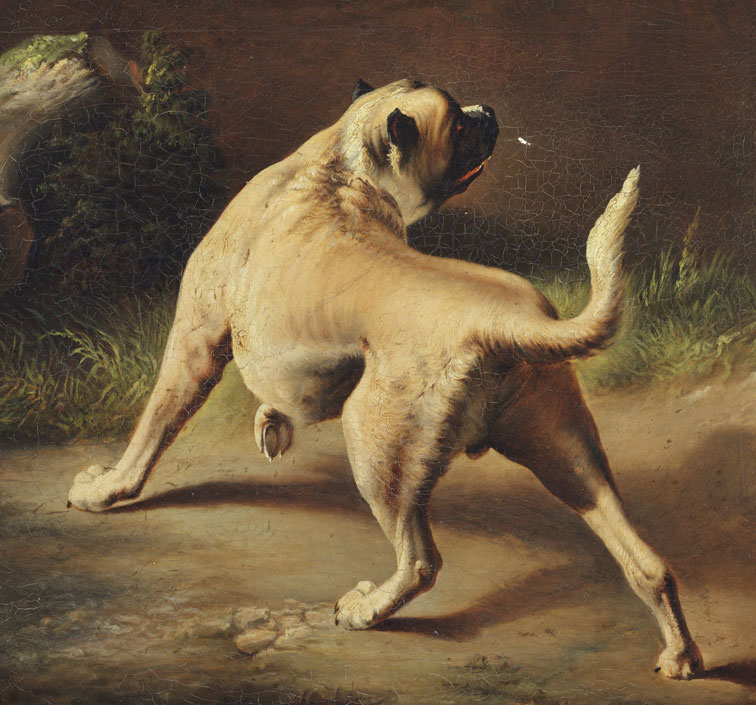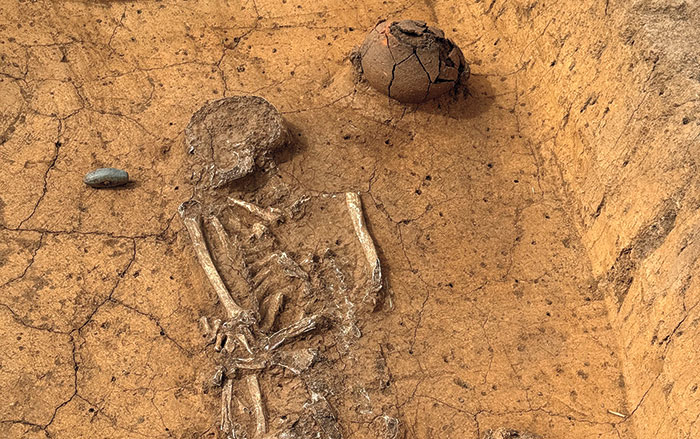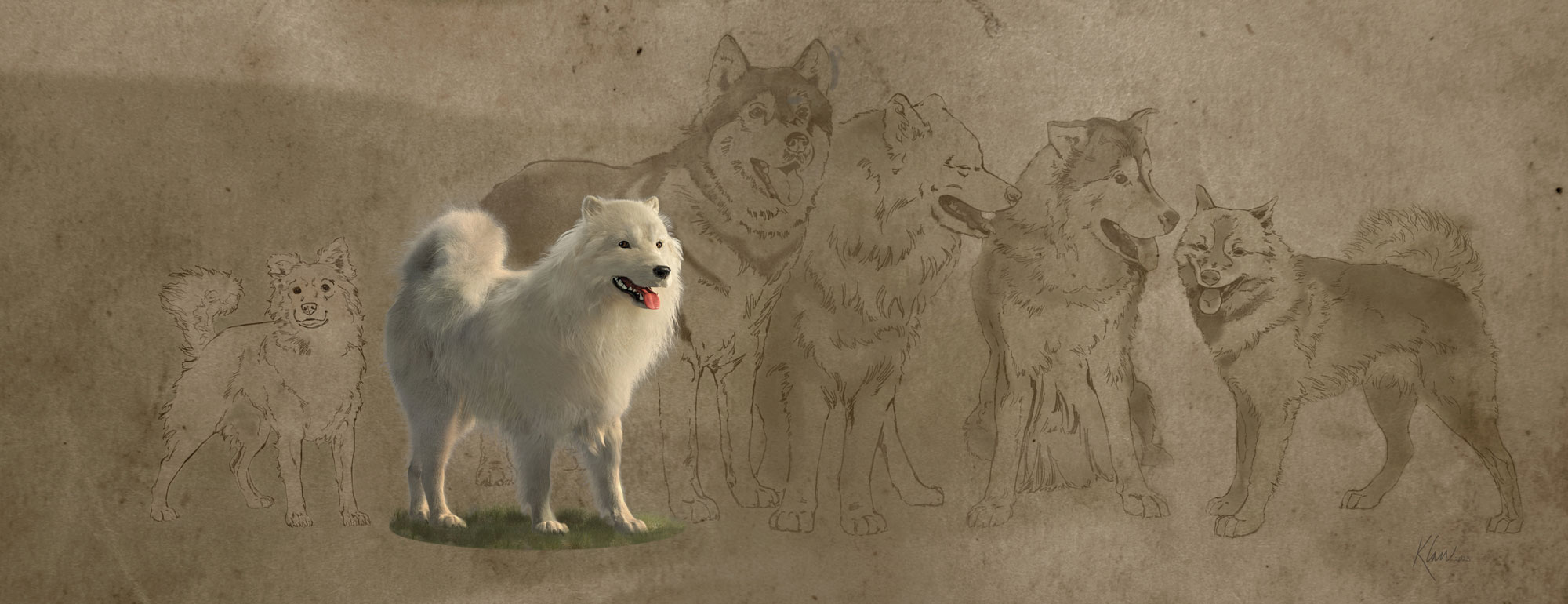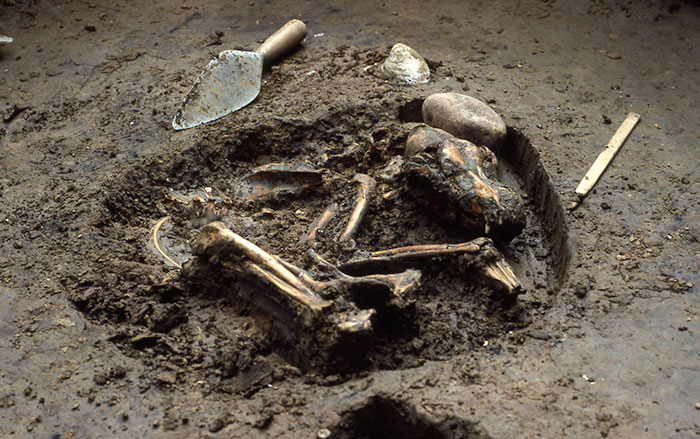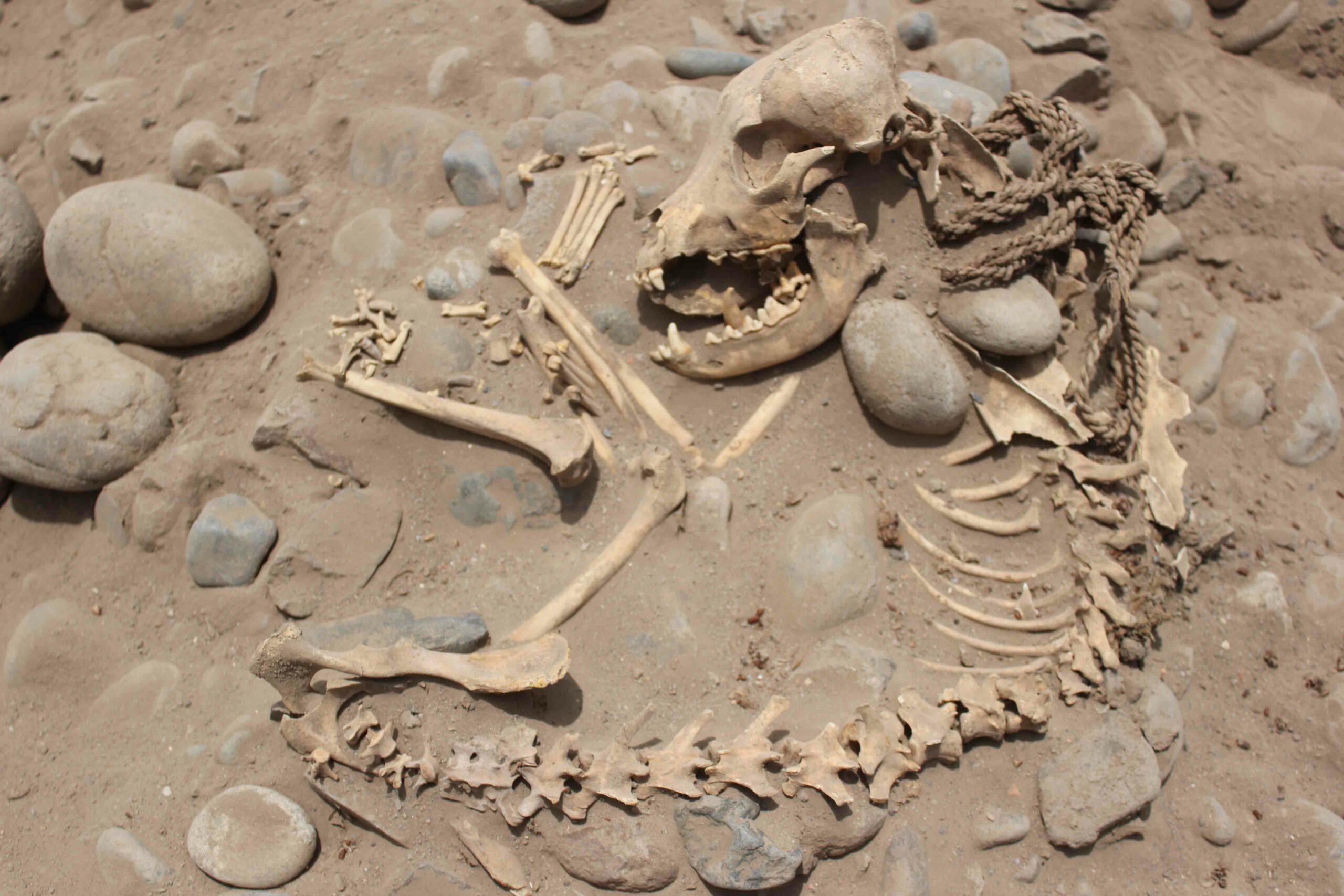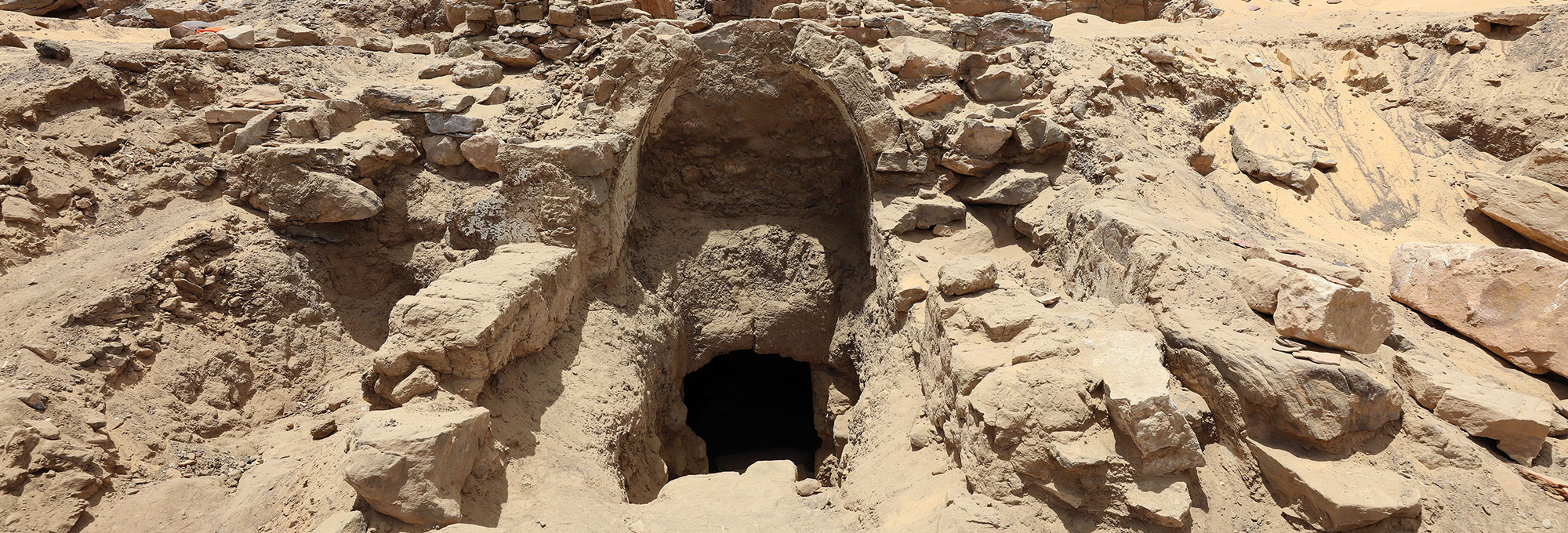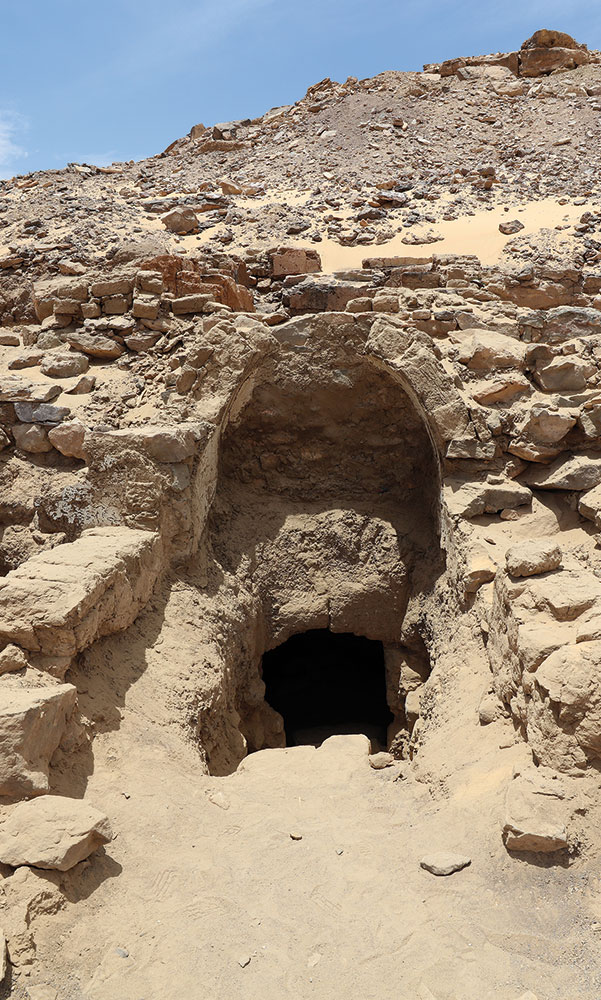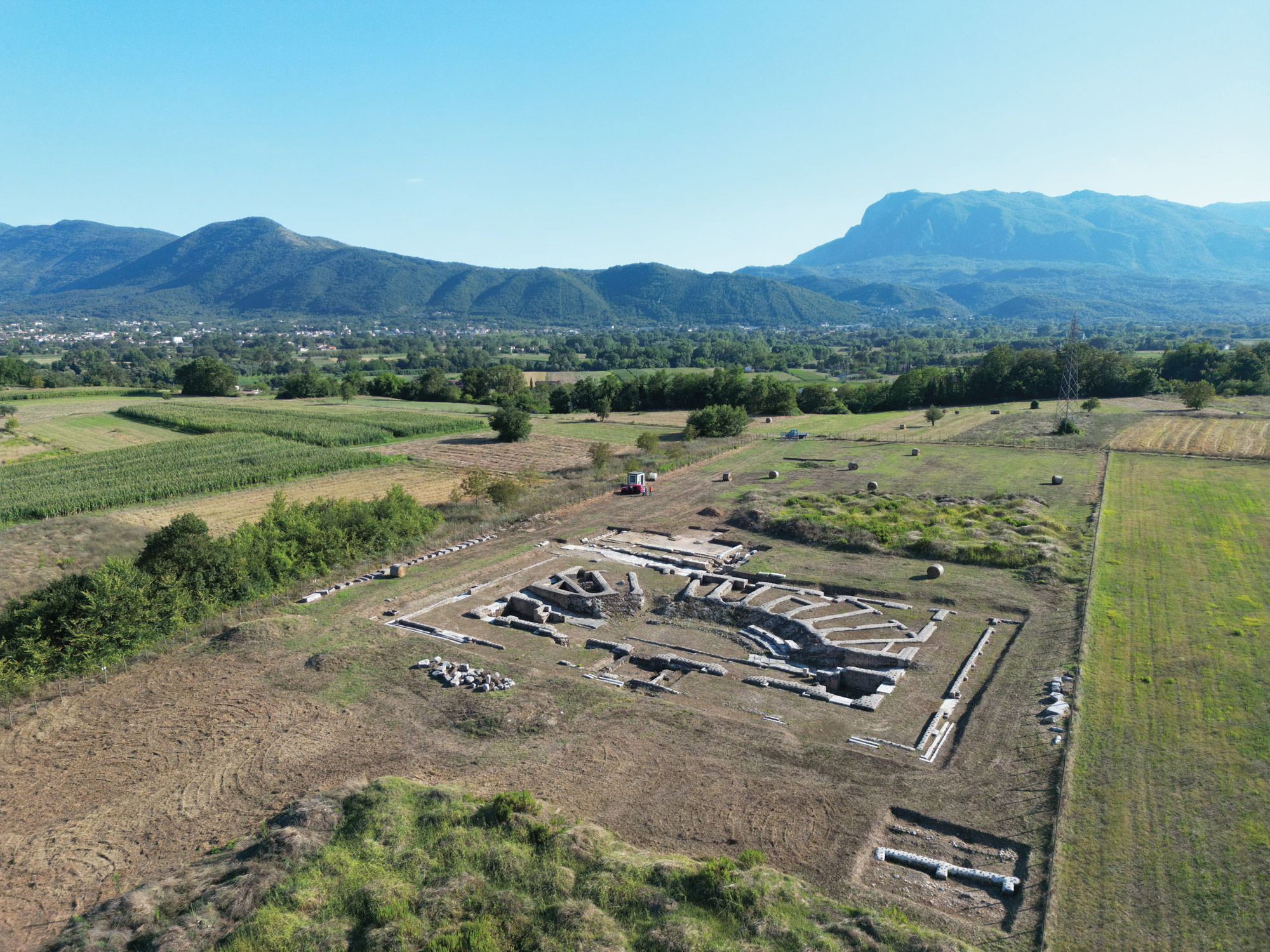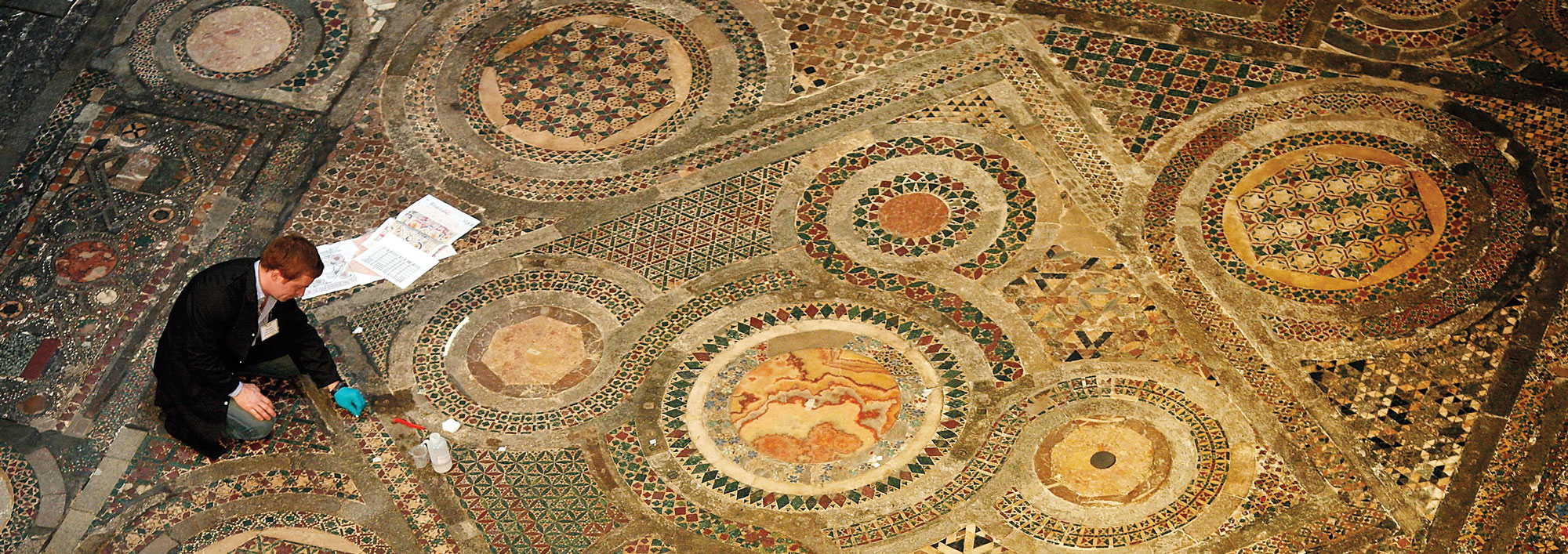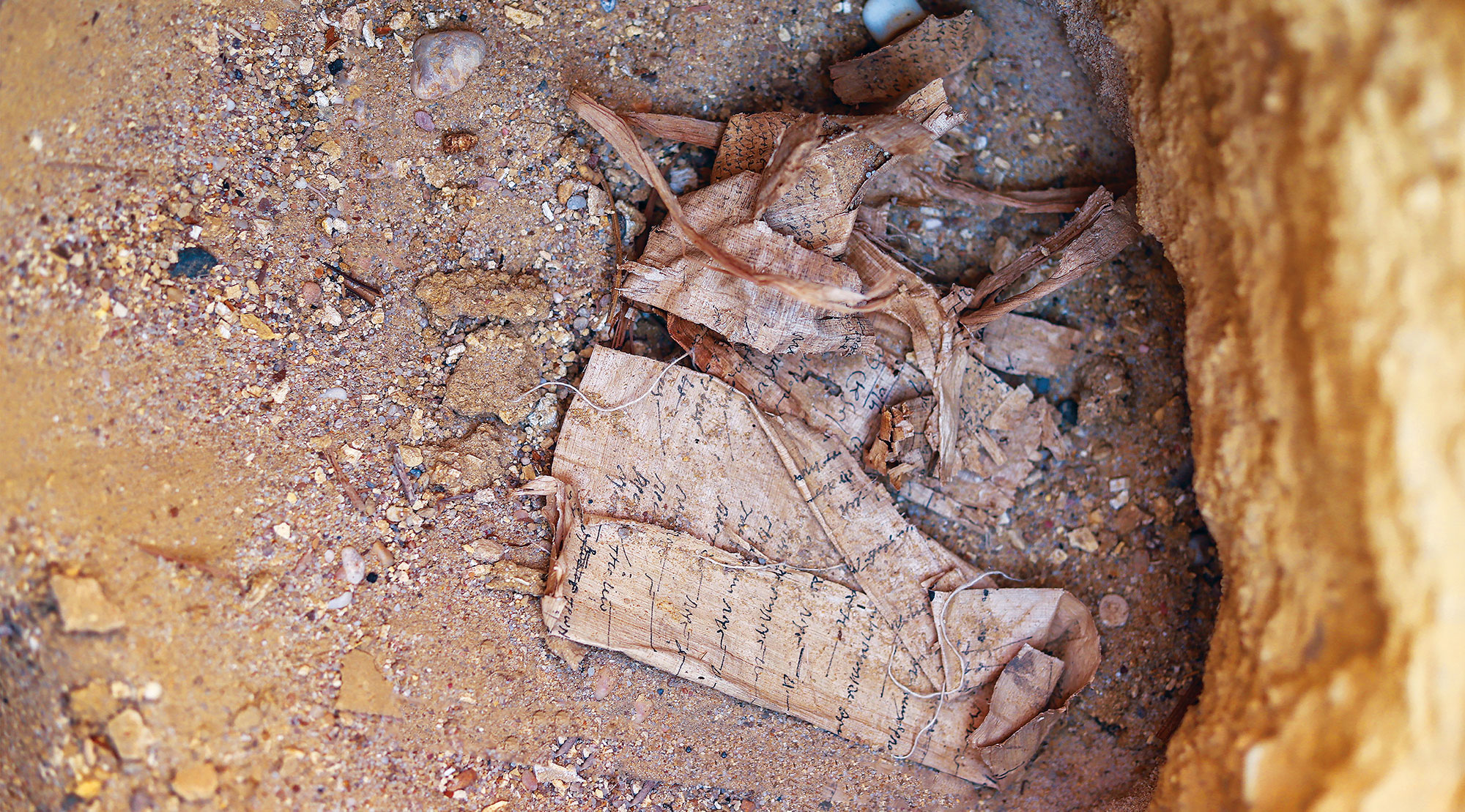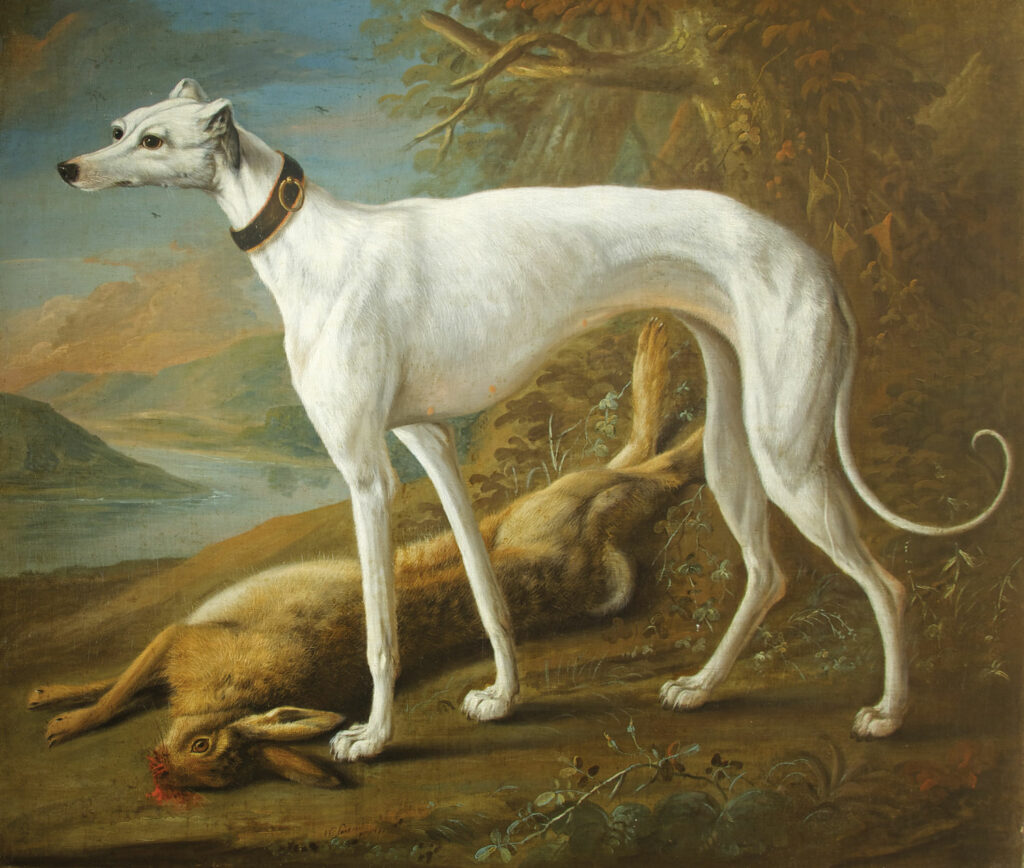
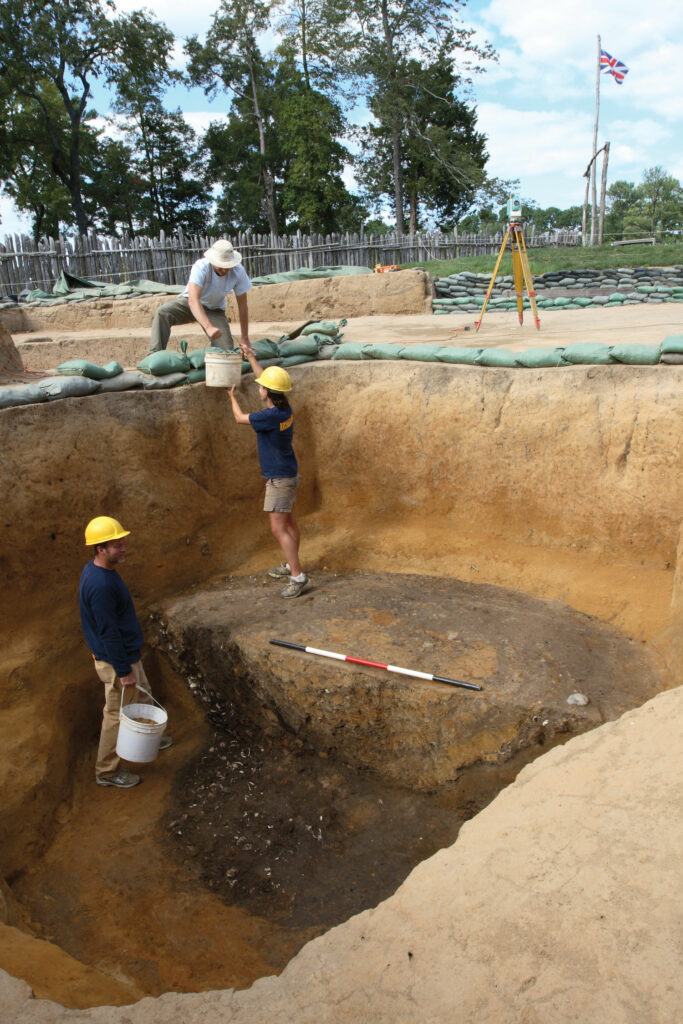
The ancestry of dogs in seventeenth-century Jamestown offers a window into social dynamics between Indigenous people and early colonists. America’s first permanent English colony, Jamestown was established in 1607 in Tsenacomoco, the area in present-day Virginia that was home to the Powhatan chiefdom. Colonial shipping lists document the arrival of European breeds including mastiffs and greyhounds, which were used for protection and hunting. According to archaeologist Matthew Hill of the University of Iowa, these records led scholars to assume that most of the dogs in Jamestown were European breeds.
To test this hypothesis, a team led by Hill and anthropologist Ariane Thomas, also of the University of Iowa, sequenced mitochondrial DNA from six dog skeletons excavated in Jamestown that are known to have been buried between 1609 and 1617. Mitochondrial DNA is passed down along the maternal line. The researchers discovered that the maternal lineages of these dogs more closely matched smaller Indigenous breeds, which were similar to today’s terriers or beagles. The team’s findings are evidence that the Powhatan people provided support, care, and supplies—including dogs—to the struggling colony. “Dogs were at the front line of colonialism, both as weapons and as examples of the interactions that different groups had at this time of contact,” says Hill. “Dogs were always at people’s sides.”
Nonetheless, colonization ultimately led to the near-total replacement of the maternal lineages of North America’s Indigenous dogs by canines from Europe. “All the effects that colonialism had on Indigenous people carried over to their dogs,” says Hill. “The displacement of people resulted in the displacement of dog lineages and genetics.”



